Fed’s Beige Book report noted that the “overall economic activity increased slightly since late May.” Notably, the level of economic development varied across the twelve districts, with five districts reporting growth, five noticing no change, and two marking modest declines.
The Beige Book described a cautiously optimistic picture for the future, stating that “overall economic expectations for the coming months generally continued to call for slow growth.”
Despite the uneven growth rate, the districts generally agreed on the direction of price changes. The report noted that “prices increased at a modest pace overall, and several districts noted some slowing in the pace of increase.”
Looking ahead, the report suggests that the “price expectations were generally stable or lower over the next several months”.
The employment situation was characterized by a modest rise, with the Beige Book stating that “employment increased modestly this period, with most districts experiencing some job growth.”




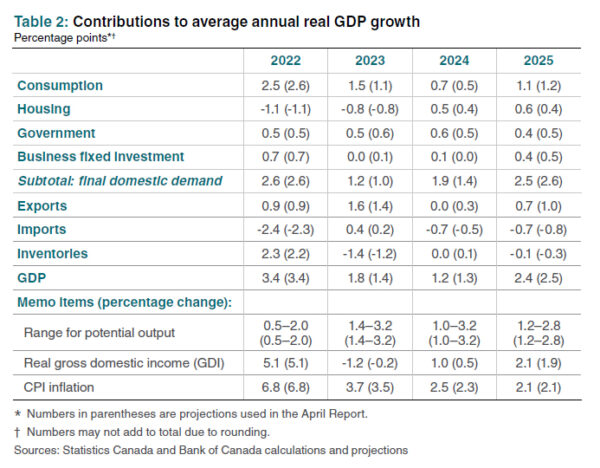
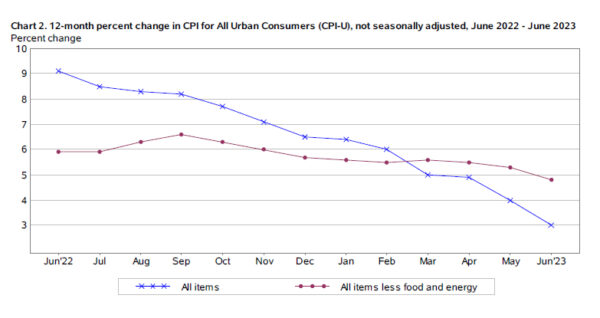
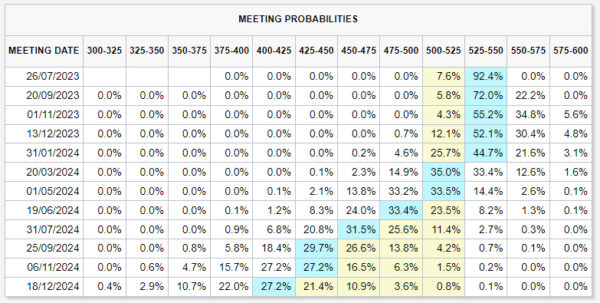
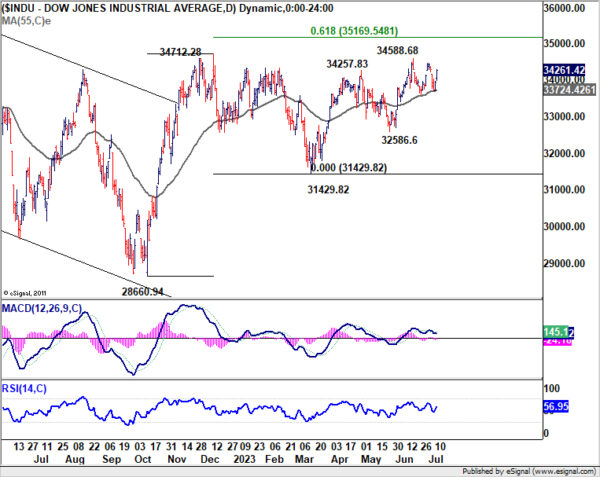
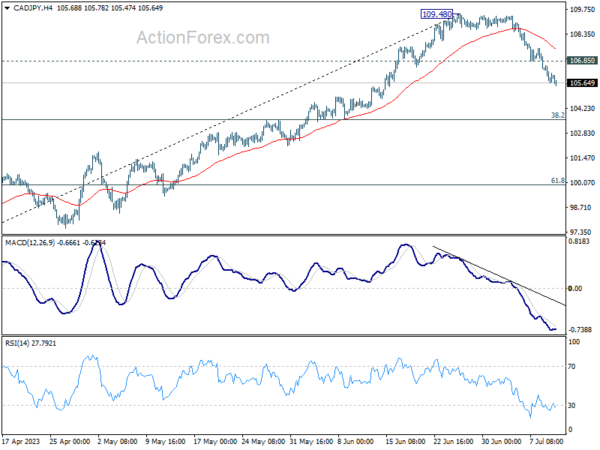
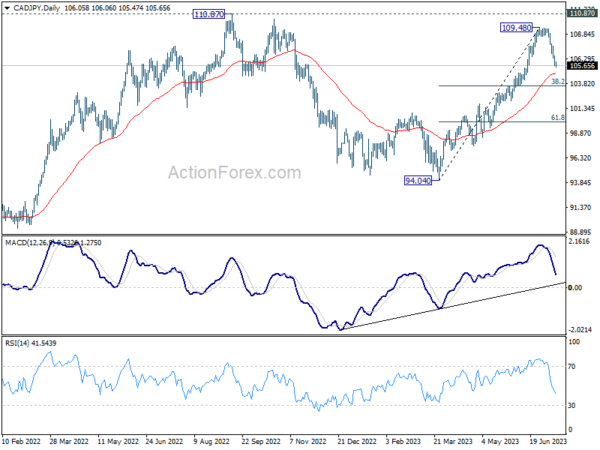
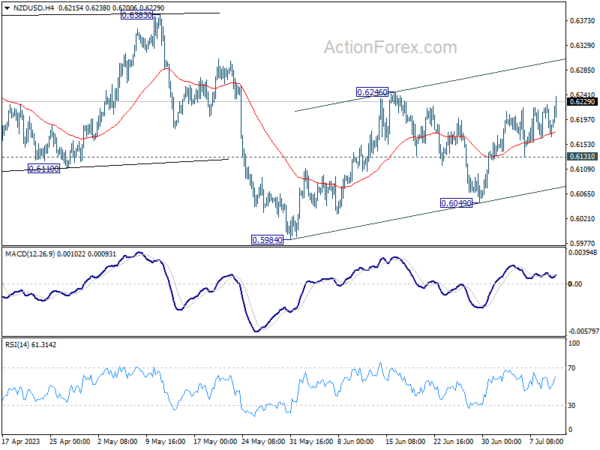
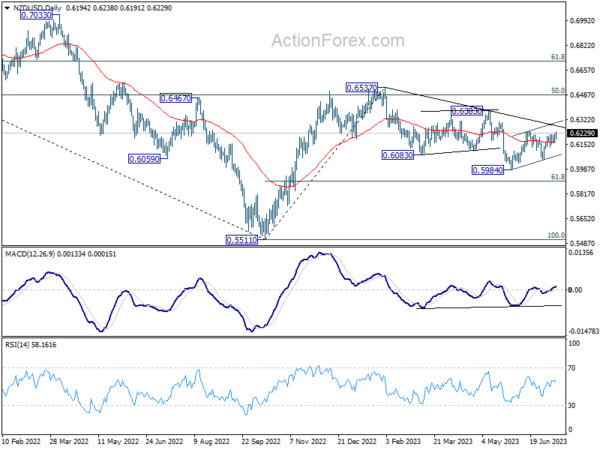
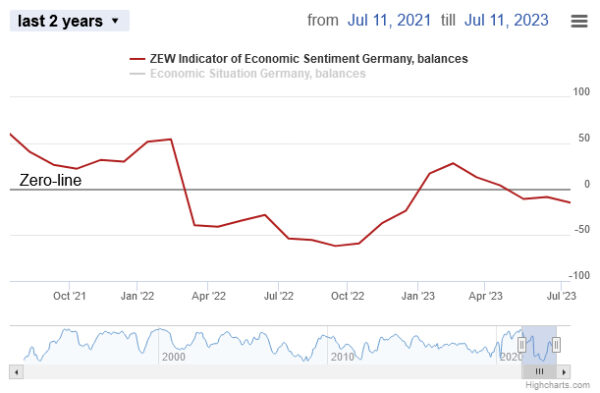
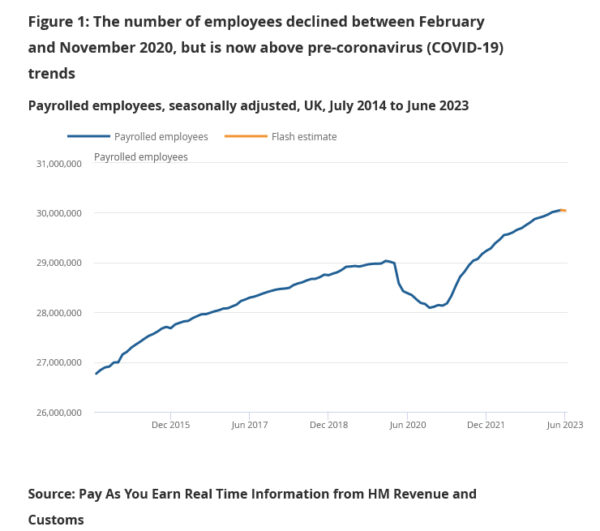
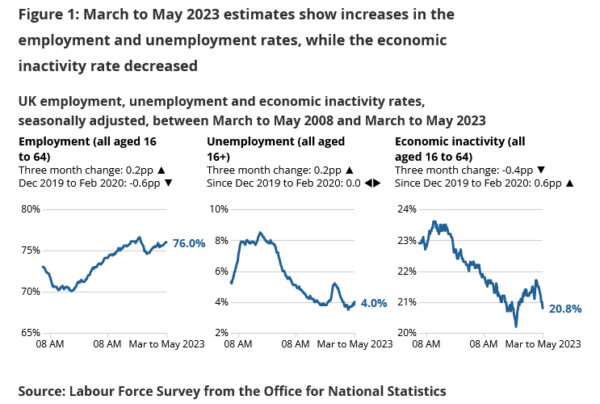
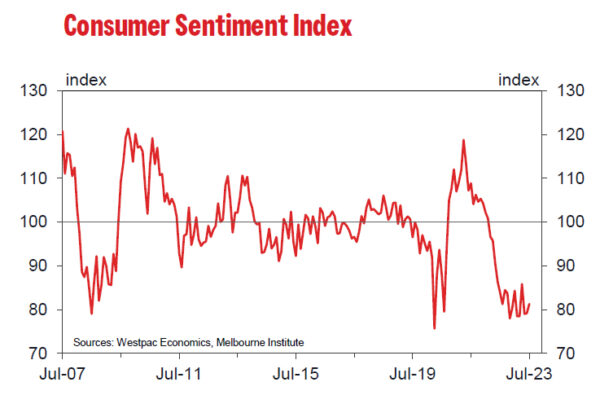
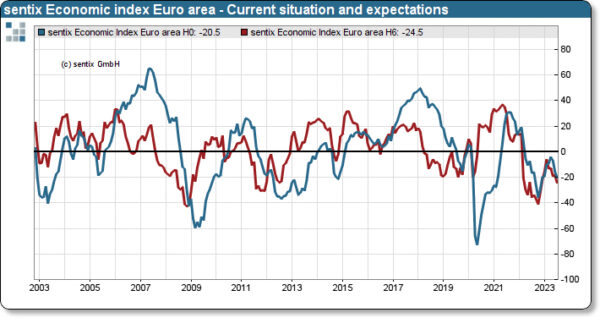

NZ BNZ PMI fell to 47.5, sector remains entrenched in contraction
New Zealand’s manufacturing sector is experiencing a continuous contraction according to BusinessNZ Performance of Manufacturing Index. The Index showed a drop from 48.7 in May to 47.5 in June, marking another month of activity below the crucial 50.0 point mark which separates expansion from contraction.
An analysis of the sub-indices revealed mixed performances across different facets of the sector. While production showed a modest rise from 46.0 to 47.5, new orders experienced a significant drop from 50.2 to 43.8. Meanwhile, employment levels decreased from 49.3 to 47.0. Both finished stocks and deliveries saw rises, from 51.6 to 52.2 and 46.1 to 50.5 respectively.
Alongside this contraction in activity, the report noted an increase in negative sentiment among manufacturers. In June, the proportion of negative comments increased to 74.5%, up from 66.7% in May and 70.3% in April. According to manufacturers, the primary negative influences on current activity are declining demand, inflationary pressures, and issues surrounding production and staffing.
BusinessNZ’s Director, Advocacy Catherine Beard, pointed out the persisting contraction in the sector, saying, “the sector remains entrenched in contraction, with eight of the last ten months showing overall activity below the 50.0 point mark.”
Full NZ BNZ PMI release here.